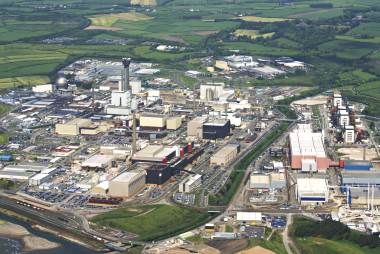Court action over waste shipment
16 November 2012
Sellafield Ltd is to be prosecuted over alleged mistakes made in radioactive waste disposal that saw four bags of low-level waste sent to conventional landfill.
Eight charges are being pursued by the Environment Agency, while one is being taken up by the Office for Nuclear Regulation. Some relate directly to a shipment of waste carried out in April 2010 and the remainder concern working practices.
Sellafield Ltd is accused of incorrectly characterising four bags of low-level waste with this leading directly to two violations: their transport by road under conditions unsuitable for this waste, classified as dangerous goods; and their disposal in the unsuitable Lillyhall conventional landfill site in Workington, Cumbria.
 |
| Sellafield is one of the world's largest nuclear sites with a variety of fuel cycle and waste management facilities in operation as well as several ongoing decommissioning projects. It is owned by the Nuclear Decommissioning Authority and managed by Sellafield Ltd |
An investigation into the April 2010 shipment uncovered alleged failings in Sellafield Ltd's performance and management, one dating back to late 2008. Accordingly the company is accused in addition of allowing the incorrect shipment to happen by failing to check on its systems and procedures, failing to have a good enough management system to meet its obligations and not using the best practicable means to conduct measurements and analysis.
The case will be heard on 12 December. A statement from Sellafield Ltd confirmed that it had been summoned to Workington Magistrates' Court but said it could not comment on a matter subject to court proceedings.
There was no information available to describe the size of the bags, their contents or current whereabouts. Low-level radioactive waste, however, is typically comprised of lightly-contaminated disposable equipment - for example clothing, filters, masks and gloves from plant operations. It is usually compressed and disposed of in sturdy metal boxes within a dedicated landfill site lined to prevent the passage of water.
Researched and written
by World Nuclear News